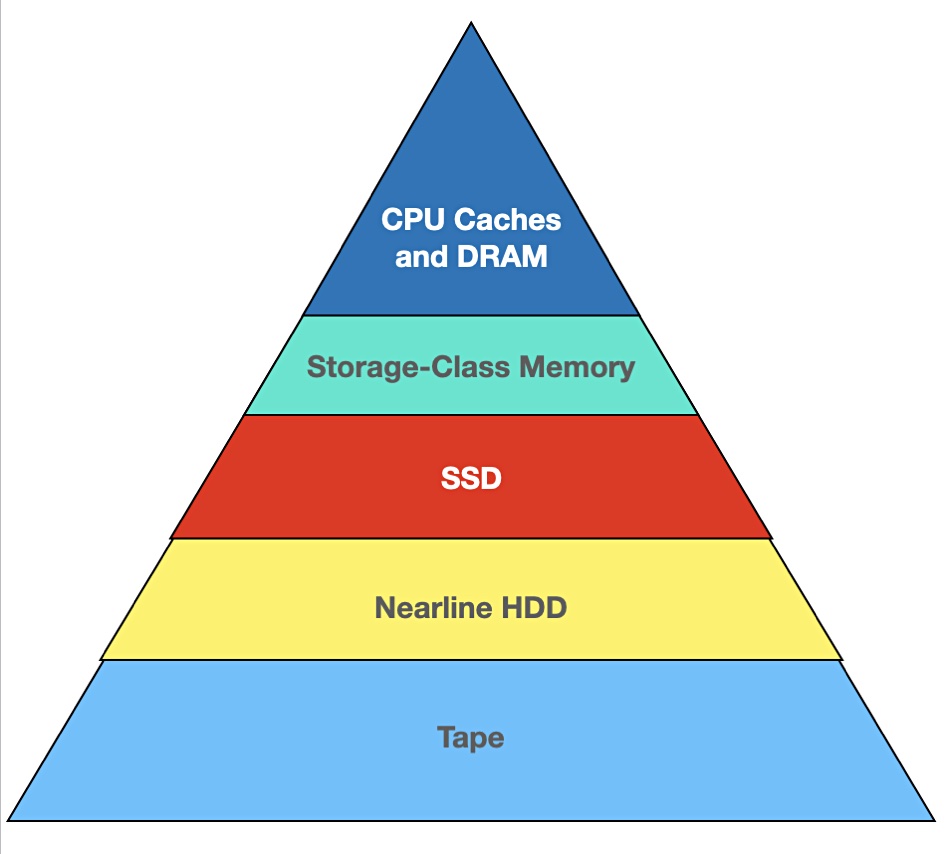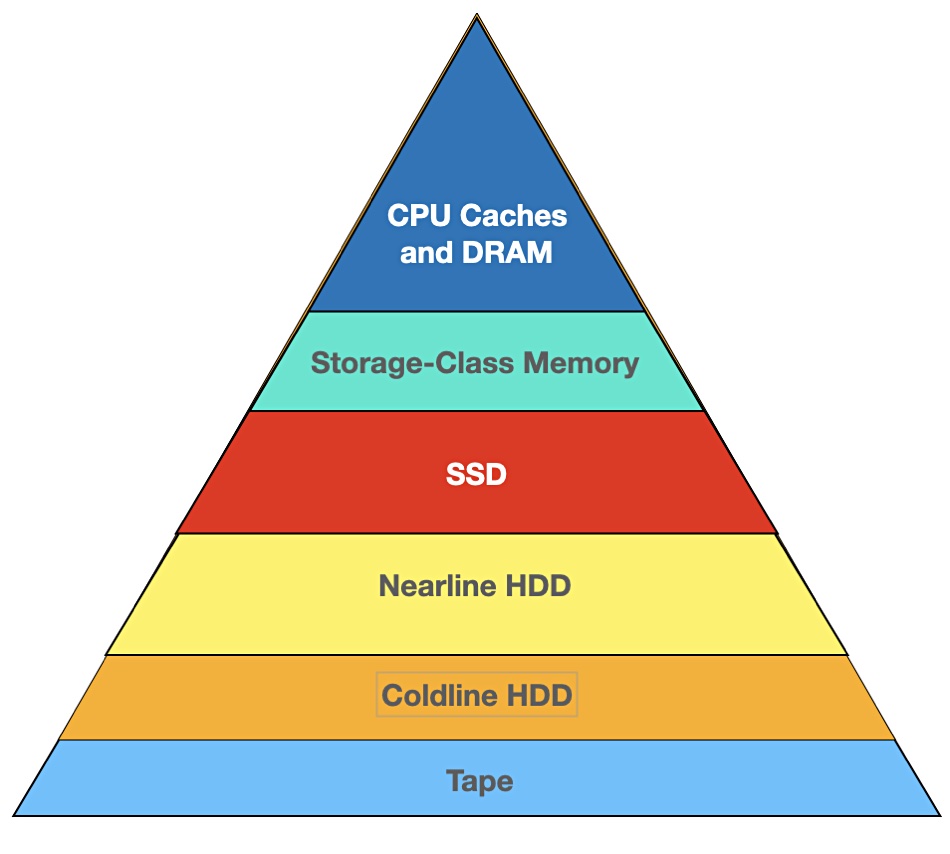Blocks & Files was briefed by Ashley Gorakhpurwalla, EVP and GM of Western Digital’s hard disk drive (HDD) business, who suggested WD could move into the tape archive market with HDD technology.
He also talked about the possible flash/disk cost crossover, HAMR, multi-actuator drives, 11-platter drives and SMR (Shingled Magnetic Recording) as well — but the archive disk drive idea was the briefing bombshell as far as we were concerned.

Much as CEO David Goekeler said earlier this month, Gorakhpurwalla doesn’t see a flash/disk crossover happening any time soon. HAMR drives will happen around the 30TB mark or so and ePMR-type technologies such as OptiNAND will drive capacities up stepwise for another 10TB or so. He also said multi-actuator drives would be developed by Western Digital. So let’s wave goodbye to these topics and head over into the archive space, where we’ll meet 11 platters and SMR as well.
Gorakhpurwalla said: “The greatest percentage of your data is really not being accessed as much. And it starts to get colder and colder over time. … Many studies have shown that … the real challenge for the industry moving forward is to add yet another tier, to allow colder data and archive data to exist.”
“I think the future of that is the hard drive as well, perhaps in a slightly different form or capability than today. But solving the archive problem is part of our mission.”
If he is talking about this archival data disk drive concept to us — hacks towards the lower end of the hierarchy of who suppliers talk to about new concepts — then it must have had a fair amount of air time inside Western Digital and between WD and its largest customers already.
Here is a memory-to-tape hierarchy diagram, presented as a triangle to show that the amount of data grows as you move down-hierarchy, with access latency increasing and cost/bit decreasing in lockstep as you descend this ladder of tiers.

Gorakhpurwalla said: “I think even if you go beyond those tiers, all the way down into very little access, maybe right once read never, you start to get into a medium that still exist as we go forward in paper or other forms, perhaps even optical.”
He added: “Think of a hard drive in a traditional sense, you know, the three and a half inch form factor with 9 or 10 platters [and] in the future 11 platters and … the [kind of] head stack that we have today. That’s a … combination of technologies and capabilities. Utilising … that toolbox then to go and be able to deliver a solution for different tiers in the datacentre … is part of our roadmap at Western Digital.”
This is the first time we have heard of an 11-platter disk drive possibility and it would provide a 2+ TB boost to drive capacity.
Back to the archive drive idea. “It’s not something that that … we’re gonna launch next quarter, but over time we’ll be able to do what’s really important here.
“As you move forward, then I think utilising our technology and sort of code designing and partnering with our largest customers, the systems infrastructure and software level, we can then start to move into a colder. more archive space going forward, utilising the same kind of technologies that make up hard drives.”
OK, let’s explore Gorakhpurwalla’s idea a little. This is a capacity-optimised play needing careful price/performance positioning versus tape. Let’s envisage a 5.25-inch form factor disk drive with ten platters, each twice the equivalent 3.5-inch capacity and have nearline 3.5-inch drives be shipping with a 26TB non-shingled capacity.
That gives us a 52TB conventionally recorded drive. Now let’s apply shingling, because write speed is not a critical factor here, and increase capacity by a shade under 17 per cent to reach 60TB. We could play with numbers more and start out with an 11-platter drive and so arrive at a 70TB destination disk. Whichever, we could call this a Coldline drive (or Farline — make up your own term) and place it in our memory-to-tape hierarchy like this:

Would cloud service providers and enterprise hyperscalers be willing at this capacity level to alter their software stacks so as to support shingled disk media and have a rough 10ms random access latency to archived data rather than the two-minute-plus latency for offline tape data? Gorakhpurwalla thinks they might.
He’s bringing the idea out into the media light of day and so, we conclude, WD’s engineers, strategists and enough of its large customers think there is potential as well. It is early days but maybe we’ll see or hear something more as we progress through 2022, and perhaps product will start getting discussed in 2023.
The old Flash-and-Trash concept and Wikibon’s Wright’s Law-based flash/disk cost crossover ideas will be somewhat delayed — by ten years at least it seems. Until then the flash, disk and tape trio rules — the stable, long-lived, three-legged stool of storage media.








